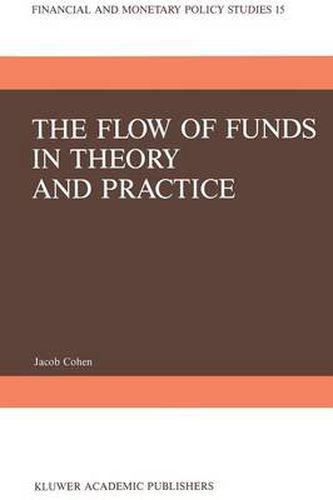This title is printed to order. This book may have been self-published. If so, we cannot guarantee the quality of the content. In the main most books will have gone through the editing process however some may not. We therefore suggest that you be aware of this before ordering this book. If in doubt check either the author or publisher’s details as we are unable to accept any returns unless they are faulty. Please contact us if you have any questions.
The central emphasis in the book is on the transaction and the constraints that its architecture imposes on a discussion of monetary theory and policy. Because of their comprehensiveness and discipline the flow-of-funds accounts are the ideal vehicle for theorizing about real and financial interaction. Such int- action can best be understood when real and financial transac tions are expressed in a common flow dimension. Each decision by economic agents is seen as two-ended in terms of markets: one market supplies the source of funds and the second market absorbs these funds. A matrix of interdependent markets is featured throughout the theoretical discussion. Credit markets, and the bank credit market in particular, become the source of disturbance in the theoretical model, but the necessary involve ment of the money market is also stressed. Theories of finan cial instability and crisis now receiving considerable attention are part of the more general theory of the flow of funds. The rationale for the monetary authority to target credit rather than the monetary aggregates emerges from the analytical discus sion. A flow-constrained analysis clarifies interest-rate deter mination, provides a helpful format for discussing equilibrium and disequilibrium, integrates credit markets with the familiar IS-LM framework, and identifies a class of missing equations in macro-monetary theory. The prototype of the missing equations is an equation explaining monetary dissaving in terms of a series of arguments only one of which will be the stock of real balances or real wealth.





